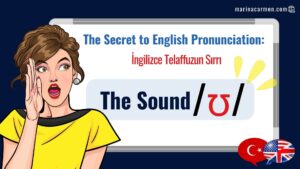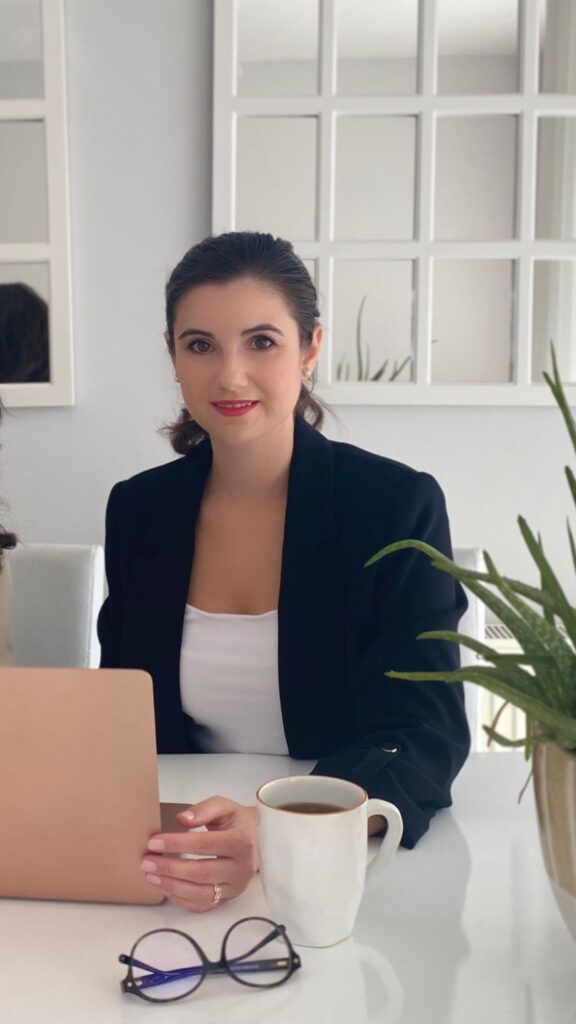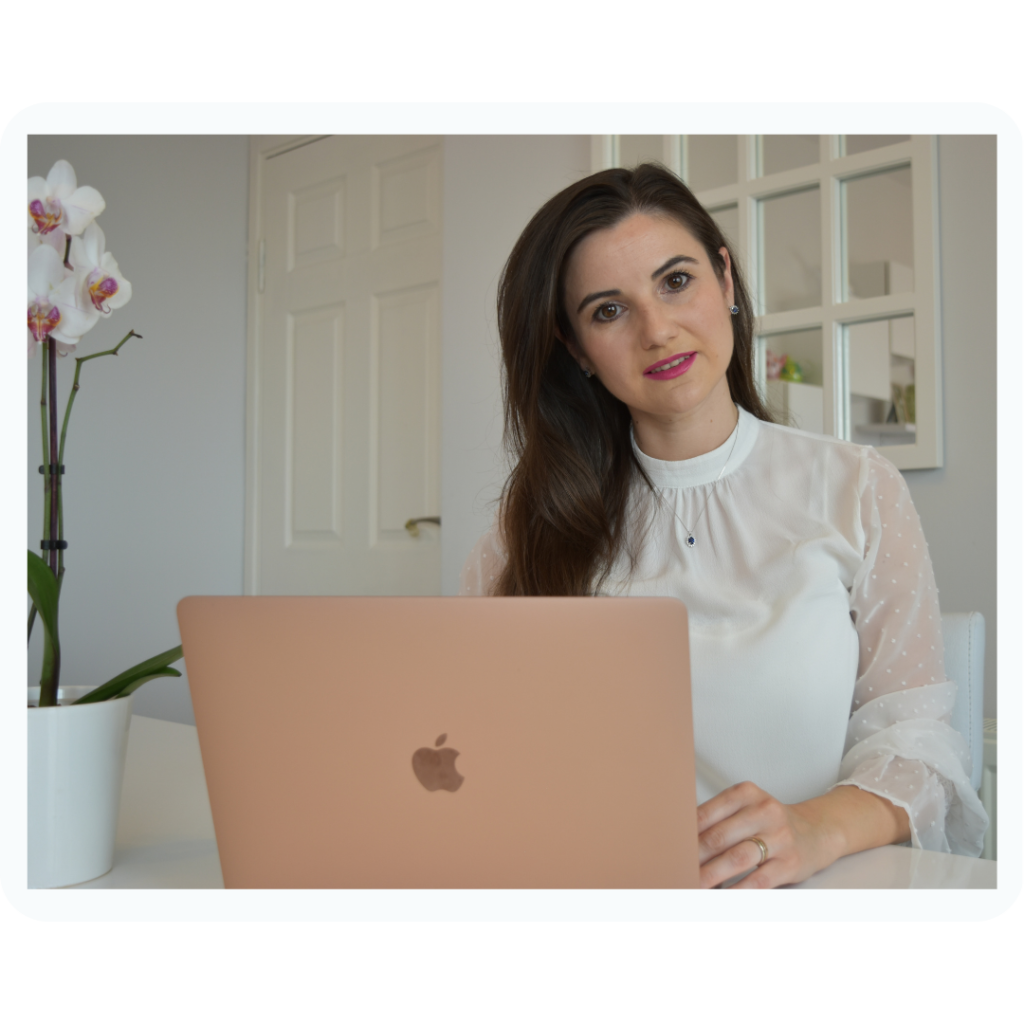Form (Şekil)


We form the NEGATIVE of the Present Simple with the subject + don’t/doesn’t + infinitive.
Examples:
They don’t speak Italian.
We use doesn’t in the third person (he / she / it).
Example:
He doesn’t play in the school team.
We form Present Simple Yes/No QUESTIONS with Do/ Does + subject + infinitive.
Example:
Do you read magazines?
We use short ANSWERS with do/does to reply.
We don’t repeat the main verb.
Example:
A: Do you write a blog?
B: Yes, I do.
Meaning and Uses ( Anlam ve Kullanımlar )
Despite its name, the Present Simple Tense can actually refer to the Past, Present and / or Future (and it isn’t very simple).
We use the Present Simple to talk about:
Present Simple, ismine rağmen aslında Geçmiş, Genel Zaman ve/veya Gelecek anlamına gelebilir (ve çok basit değildir).
Şunlar hakkında konuşmak için Present Simple’ı kullanırız:
1 Habits, Routines, Repeated Actions
The most common use of the Present Simple tense is to talk about things that are done usually, often, regularly, occasionally, sometimes etc and things done on certain days or occasions.
Examples:
I always get the eight o’clock train.
I usually play in basketball.
I go running three times a week.
1. Alışkanlıklar, Rutinler, Tekrarlanan Eylemler
Present Simple tense’in en yaygın kullanımı, genellikle, sıklıkla, düzenli olarak, ara sıra, bazen vb. yapılan şeylerden ve belirli gün veya durumlarda yapılan şeylerden bahsetmektir.
Örnekler:
yukardaki gibi
2. Permanent Situations, Facts & General Truths
Permanent situations, truths and things believed to be true.
Things that happen all the time.
Things that seem permanently true and don’t have any obvious beginning or end.
Examples:
My sister lives next door.
My parents live near Istanbul.
I speak English.
I am blond.
I have blue eyes
Here the land rises and falls in gentle hills.
The river flows in a south-westerly direction.
Water freezes at 0 degrees Celsius.
Water boils at 100 degrees Celsius.
The Present Simple tense is not normally used to talk about temporary situations or actions that are going on only at the moment.
For these, we use the Present Continuous / Progressive Tense.
2. Kalıcı Durumlar, Gerçek Olaylar ve Genel Gerçekler
Kalıcı durumlar, gerçekler ve doğru olduğuna inanılan şeyler.
Her zaman olan şeyler.
Kalıcı olarak doğru görünen ve bariz bir başlangıcı veya sonu olmayan şeyler.
Örnekler:
yukardaki gibi
Normalde geçici durumlardan veya yalnızca şu anda devam eden eylemlerden bahsetmek için Present Simple kullanılmaz.
Bunlar için Present Continuous / Progressive Tense kullanırız.
3. Programs and Timetables
The Present Simple is used to talk about the Future, in Programs and Timetables.
Examples:
The train arrives at 7.46.
The London train gets in at 10.05.
The Blue Café closes on Mondays.
The match starts at 3 o’clock.
3. Programlar ve Zaman Çizelgeleri
Programlar ve Zaman Çizelgelerinde Gelecek hakkında konuşmak için Present Simple kullanılır.
Örnekler:
yukardaki gibi
4. in the First Conditional Clauses after ‘if’
The Present Simple is used in the First Conditional after ‘if’.
Examples:
I’ll be glad if it rains soon.
I can send it to you by email if you give me your address.
5. in Time Clauses after ‘when’
The Present Simple is used to talk about the future, after the conjunctions of time – when (will cannot be used after when & if).
Examples:
Just buzz me when the client arrives.
What are you going to do when you leave school?
6. in Stories
The Present Simple can be used in telling stories
Examples:
So I open the door, and I look out into the garden, and what do I see but a man wearing a pink skirt and a policeman’s helmet.
‘Good morning,’ he says.
Both Present Simple and Present Continuous can be used when we are telling stories in the present, but there is a difference.
Look at the following example:
There’s this Scotsman, you see, and he’s walking through the jungle when he meets a gorilla. And the gorilla’s eating a snake sandwich. So the Scotsman goes up to the gorilla and says
‘Excuse me,’ he says, ‘but where did you get that snake sand-wich?’ So the gorilla looks at the Scotsman, and he drums his great fists on his hairy chest, and he lets out a terrible roar, and says, ‘At the snake bar round the corner.’
The Present Simple tense is used for the events in the story that happen one after another, goes, says, etc).
The Present Continuous tense is used for the ‘background situations he he things that are already happening when the story starts, or that continue through the story (he’s walking, the gorilla’s eating).
In past narrative, there is a similar difference between the Past Simple and the Past Continuous.
7. In Commentaries
The Present Simple can be used in Live Commentary especially of sports events.
Examples:
Beckham kicks to Ronaldo.
Harrison shoots, but the ball hits the post and Jackson clears.
Note also the expressions
Here comes . . . and There goes ..
Present tenses are also used in giving commentaries on what one is doing,
Look – here comes your husband.
There goes our bus; we’ll have to wait for the next.
In commentaries on games (such as football or tennis matches), the use of tenses is similar. The present simple is used for the quicker actions (which are finished before the sentences which describe them; the present progressive is used for longer actions and situa-tions.
There are more progressives and fewer simple tenses in a commentary on a boat race than on a football match, for instance.
Examples:
Oxford are drawing slightly ahead of Cambridge now; they’re rowing with a beautiful rhythm;
Cambridge are looking a little disorganized .
And Smith passes to Devaney, Devaney to Barnes, Barnes across to Lucas – and Taylor intercepts, Taylor to Peters – and he shoots – and it’s a goal!
Witney are leading by three goals to nil in the first half.
8. In Instructions
The Present Simple is used in in step-by-step instructions.
Example:
First I put a lump of butter into a frying-pan and light the gas; then while the butter’s melting I break three eggs into a bowl, like this, …
You make sure the gear-lever’s in neutral and the hand-brake’s on; then you pull out the choke and switch on the engine. Then you push down the clutch pedal.
9. In Newspaper Headlines
The Present Simple is used in Newspaper Headlines to make a past event seem more ‘live’
Example:
President bans Union.
10 in Jokes and Anecdotes.
Example:
A bear walks into a petrol station and says …
11. In expressions I hear, I gather, I see....
The Present Simple is also often used (instead of the past simple or present perfect) in expressions like I hear, I gather, I see (used to talk about things one has found out), and in introducing quotations.
Examples:
I hear you’re getting married.
I gather Peter’s looking for a job.
I see there’s been trouble in Rome again.
No doubt you remember what Wittgenstein says about the difference between connotation and denotation.
12. With Verbs not taking -ing
Some verbs cannot usually be used in progressive tenses (do not take -ing)
With these verbs, the Present Simple is used even to talk about temporary situations that are only going on at the moment.
I like this wine very much. (Not: *I am liking . . .)
We use the Present Simple with State Verbs (because they don’t take -ing)
1. states, senses and feelings that are generally true, using verbs such as believe, know, live, have, feel, like, taste etc.
I feel sorry for him.
2. states, senses and feelings that are happening around now – believe, know, have, feel, like, taste etc.
Your hair feels so soft.
This tea tastes funny.
I don’t trust Hillary.
Spelling
The third person form (he / she / it) of the Present simple ends in –s.
I eat – he eats
We read -she reads
With verbs ending in consonant + –y, we replace the -y with -ies for the he / she / it forms.
I study – she studies
The he / she / it form of verbs ending in -ss, -sh, -ch, -x and –o is -es.
He kisses
He finishes
She teaches
She relaxes
She goes
Some verbs have got an irregular spelling in the third person.
have – she has
be – he is
Pronunciation
The -s ending
We pronounce the third person singular -s ending in three different ways: /s/, |z/ and /ız/.
/s/ when the base form ends with unvoiced consonants: /p/, /t/, /k/, /f/
slips,
waits,
likes,
laughs
/z/ when the base form ends in a vowel sound or one of these voiced consonants: /b/, /d/, /g/, /v/, /m/, /n/s /r/,/
sees,
knows,
rubs,
rides,
digs,
gives,
breathes,
hums,
grins,
rings,
calls
/ız/ when the base form ends with /s/, /z/, /S/, /tf/, /d3/, |z/.
We also use the –es spelling misses,
fizzes,
washes,
catches,
judges.
Does is pronounced /daz/ or /daz/.
Says is pronounced /sez/.
References:
Teaching English Grammar – What to teach an d how to teach it – Jim Scrivener
Practical English Usage – Michael Swan pg. 497
Ready to Test Yourself on the Present Simple Tense?
You can take the 10 min TEST on Present Simple HERE.







